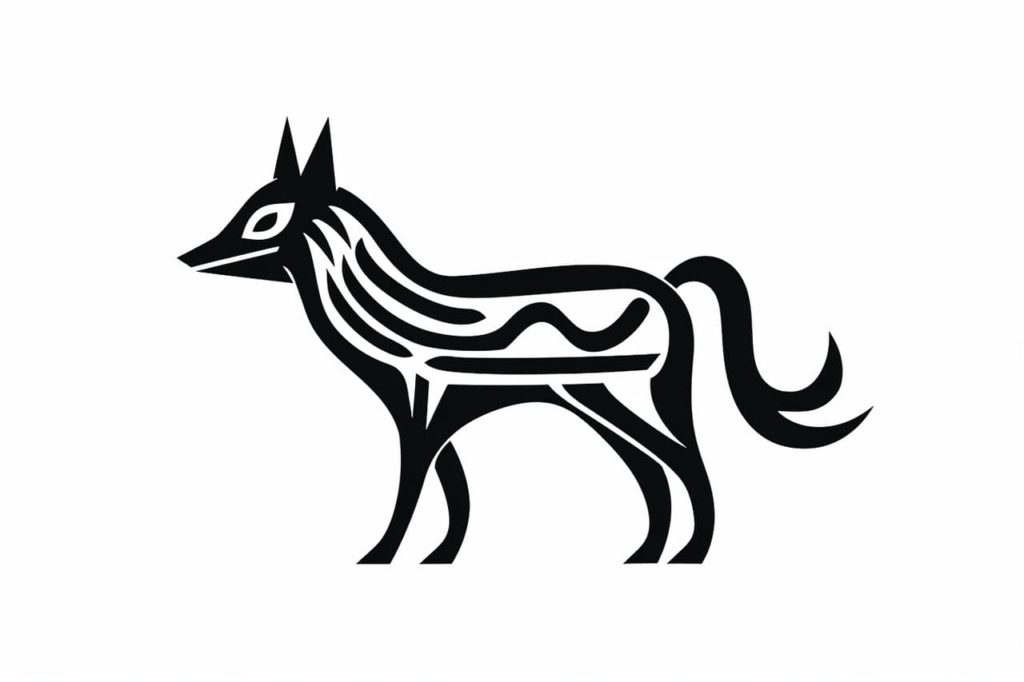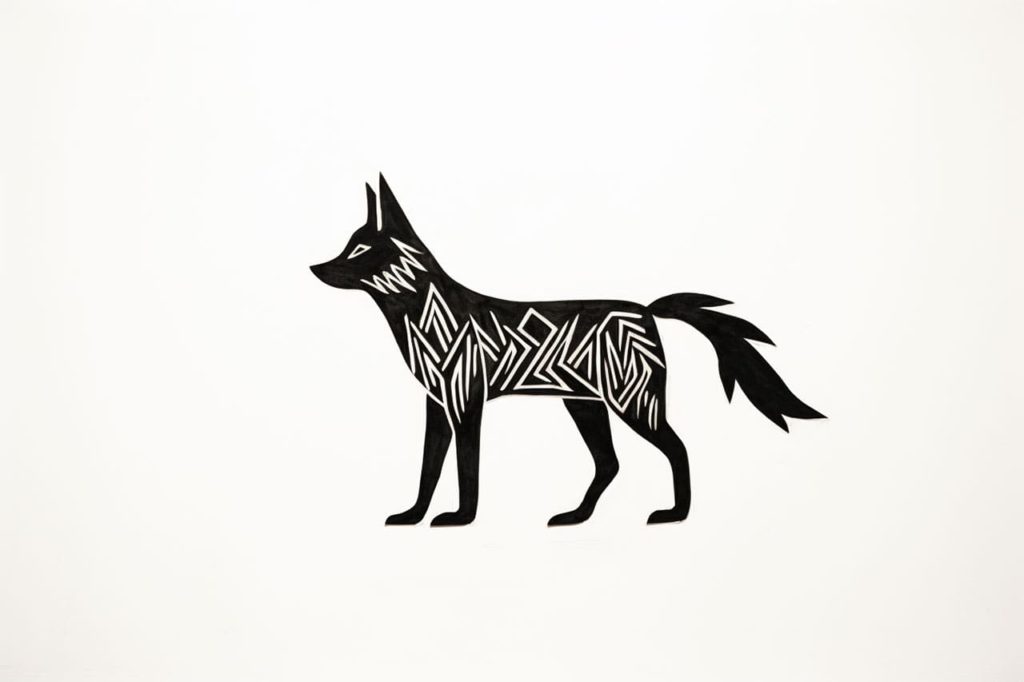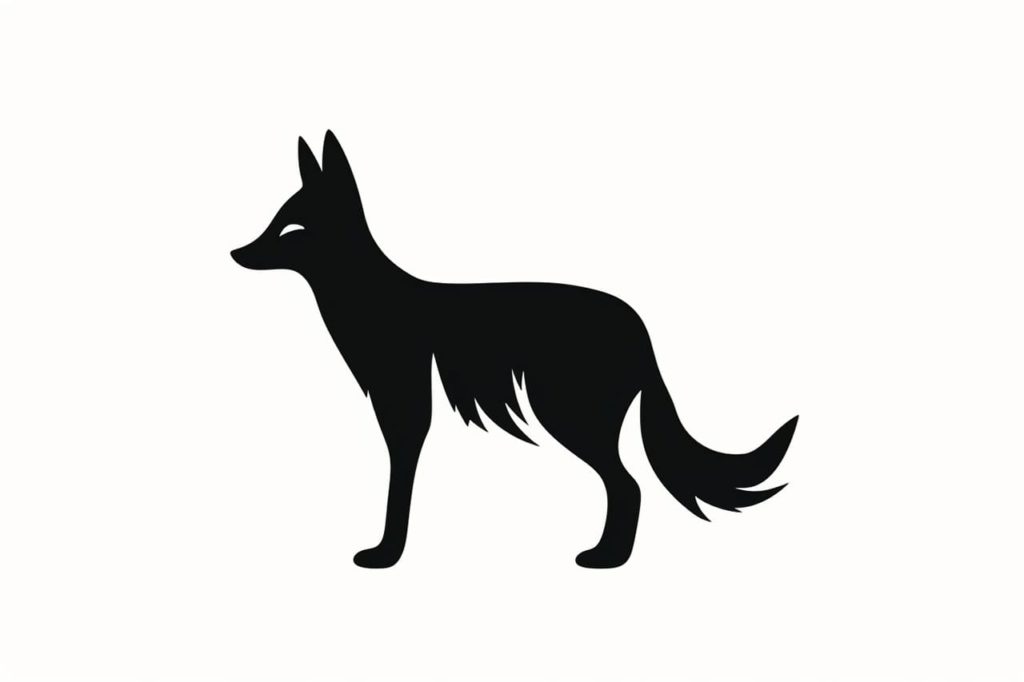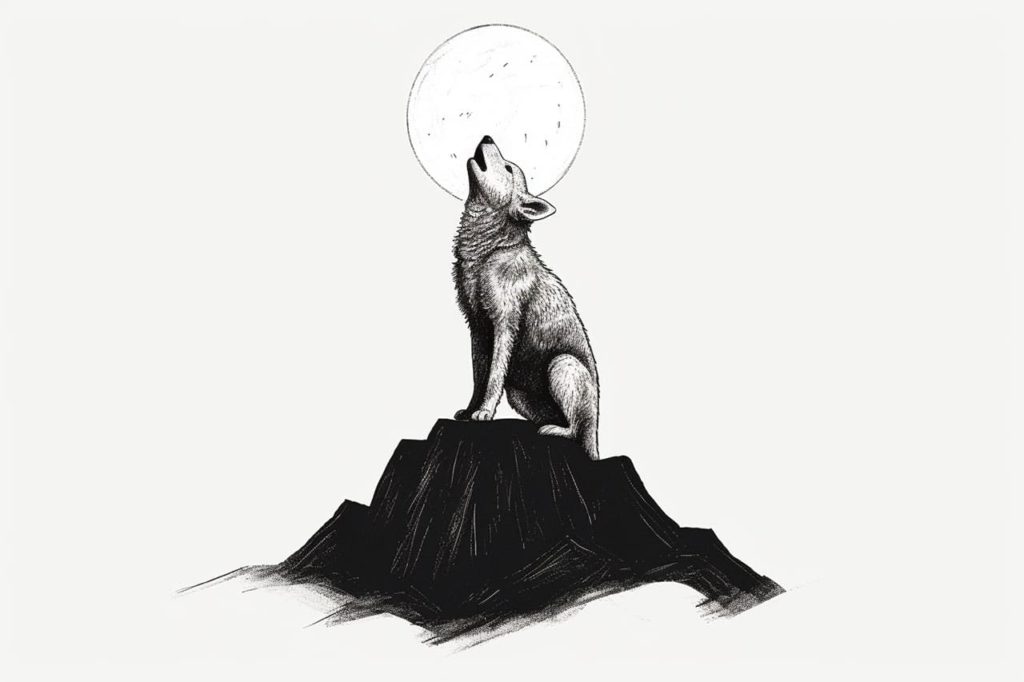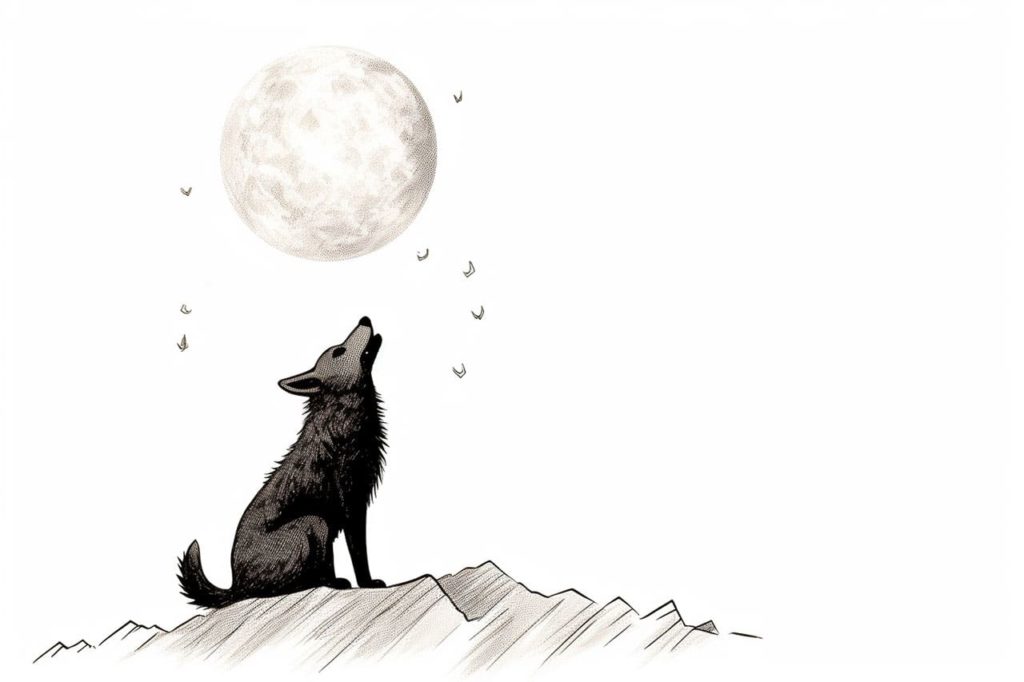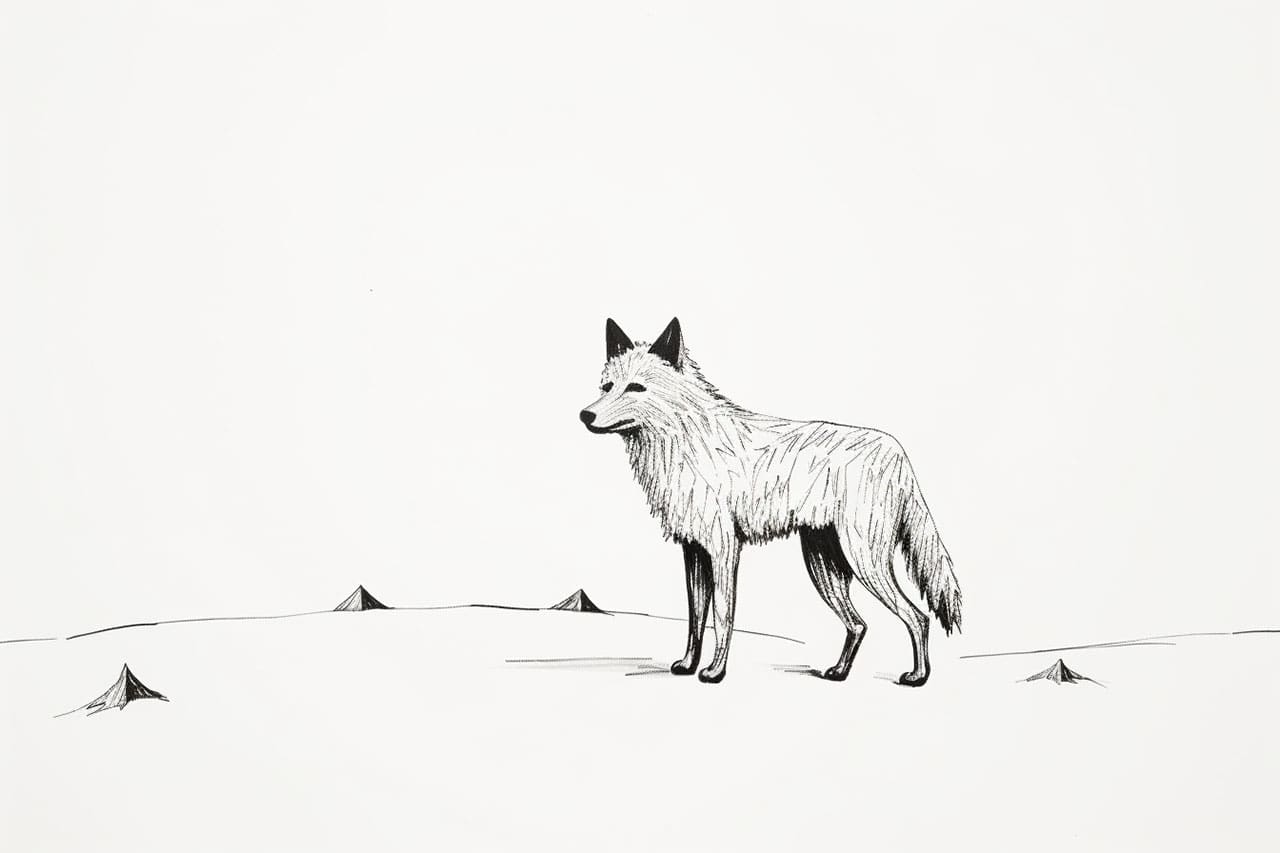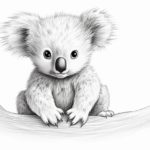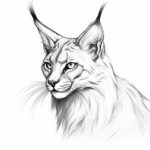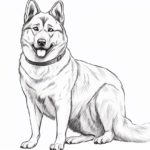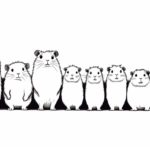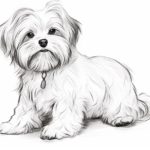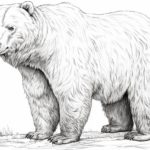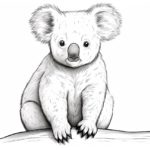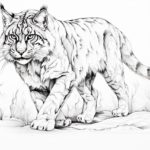Coyotes are fascinating creatures known for their adaptability and cunning. Drawing a coyote can be a captivating artistic experience that allows you to capture the essence of this wild animal on paper. In this step-by-step guide, I will walk you through the process of how to draw a coyote. So grab your pencils and let’s get started!
Materials Required:
- Drawing paper
- Pencils (HB, 2B, 4B)
- Eraser
- Tortillon (blending stump)
- Reference photo of a coyote (optional but recommended)
Step 1: Basic Outline
Start by lightly sketching a simple oval shape to represent the head of the coyote. Then, draw a line extending from the bottom of the head to create the body’s length. Add a small oval shape at the end of the line for the coyote’s tail. Remember to keep your lines light and loose in this initial stage.
Step 2: Define the Body Proportions
Using the basic outline as a guide, refine the shape of the body by adding more curves and contours. Pay attention to the proportions, as coyotes have slender bodies with long limbs. Sketch the legs and paws, making sure they are of appropriate length and thickness.
Step 3: Add Facial Features
With the body shape in place, focus on drawing the facial features. Start by placing two almond-shaped eyes in the head region. Add a triangular shape just below the eyes to represent the snout. Then, sketch the ears on top of the head. Coyotes have pointed ears that stand tall, so make sure to capture that characteristic.
Step 4: Refine the Face
In this step, we will add more detail to the coyote’s face. Start by adding a small circle for the eye’s iris, followed by a dot for the pupil. Draw a curved line above the eye to indicate the eyebrow. Continue by refining the shape of the snout, adding a nostril on each side. Coyotes have a distinct muzzle, so pay attention to its shape when sketching.
Step 5: Fur Detailing
Now it’s time to add texture and detail to the coyote’s fur. Use short, curved strokes to represent the direction of the fur growth. Start from the top of the head and work your way down the body, paying extra attention to areas where the fur appears longer or thicker, such as the chest, neck, and tail. Gradually build up the fur texture, layer by layer.
Step 6: Define the Legs and Paws
Refine the legs and paws by adding more structure to them. Draw the front legs slightly bent, as if the coyote is in motion. Add small ovals at the end of each leg to represent the paws. Remember to include the claws and toe details in your drawing.
Step 7: Tail Details
Give the coyote’s tail more definition by adding fur detailing. Use long, flowing strokes to indicate the shape and texture of the tail. Coyotes have bushy tails, so make sure to capture that characteristic in your drawing.
Step 8: Final Touches and Shading
At this stage, take a step back and evaluate your drawing. Make any necessary adjustments or refinements to ensure accuracy. Once you are satisfied with the overall composition, it’s time to add shading to give your drawing depth and dimension. Use different grades of pencils (HB, 2B, 4B) to create varying shades of gray. Use light strokes for areas that are lighter in value and apply more pressure for darker areas.
Step 9: Blending and Smoothing
To achieve a more realistic look, use a tortillon (blending stump) to blend and smooth out the shading. This technique helps to soften harsh lines and create a seamless transition between light and dark areas. Be gentle when blending to maintain the texture of the fur.
Step 10: Final Details
In the final step, add any last-minute details to enhance the realism of your coyote drawing. Pay attention to small features like whiskers, fur patterns, and highlights in the eyes. Experiment with light erasing to create highlights and add more definition.
Conclusion
Congratulations! You have successfully learned how to draw a coyote. By following these step-by-step instructions, you have captured the beauty and essence of this remarkable creature on paper. Remember to practice regularly to improve your skills and continue exploring the world of art. Enjoy the process and let your creativity soar!
Gallery of Coyote Drawings
